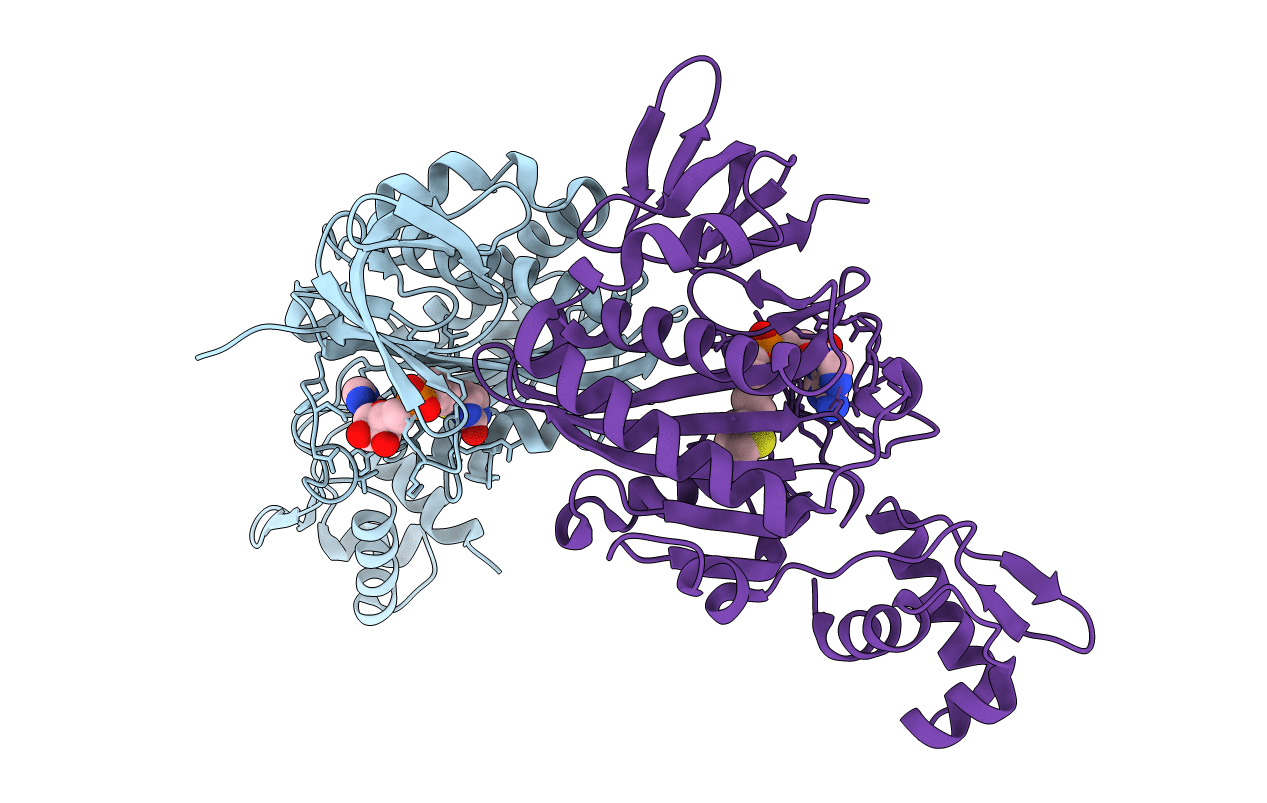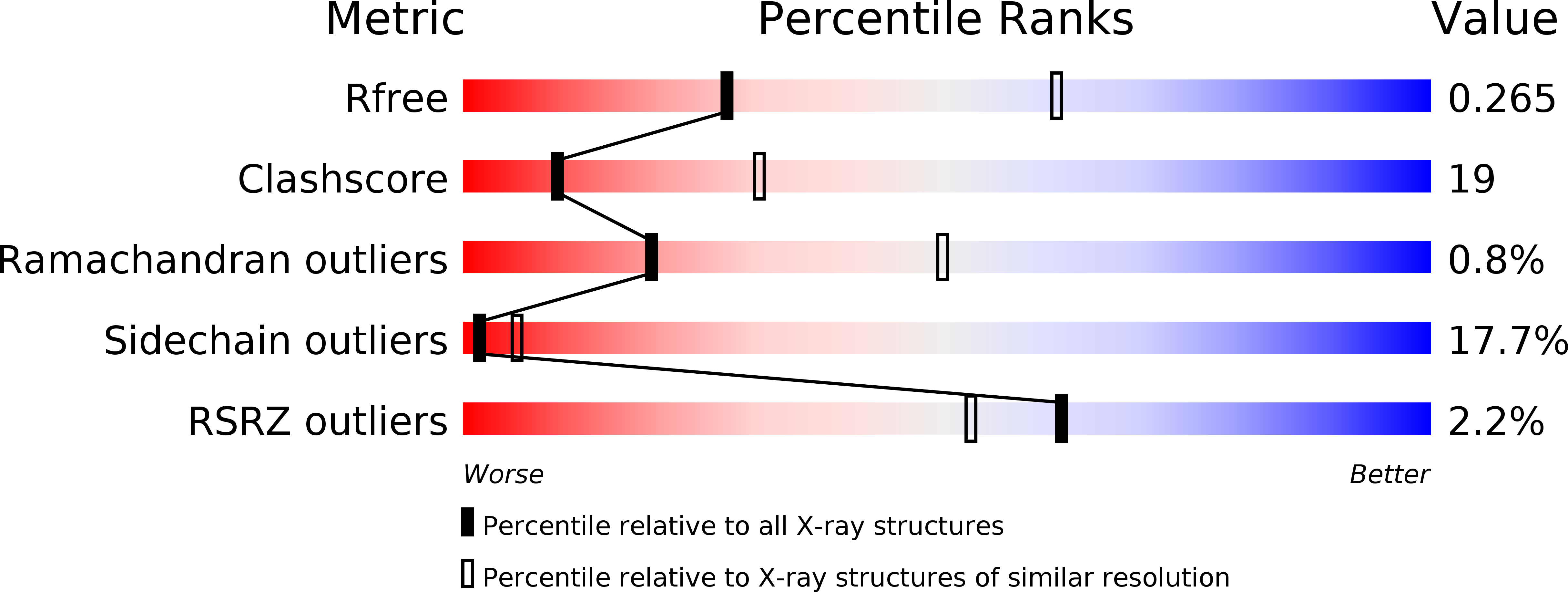
Deposition Date
2005-11-04
Release Date
2006-02-21
Last Version Date
2023-08-23
Method Details:
Experimental Method:
Resolution:
2.80 Å
R-Value Free:
0.26
R-Value Work:
0.21
R-Value Observed:
0.21
Space Group:
P 43 21 2


